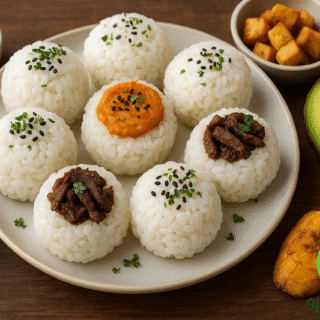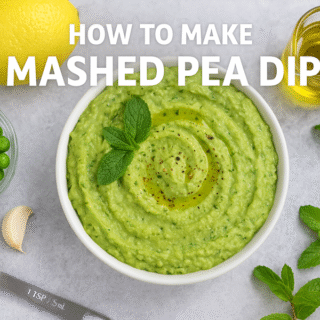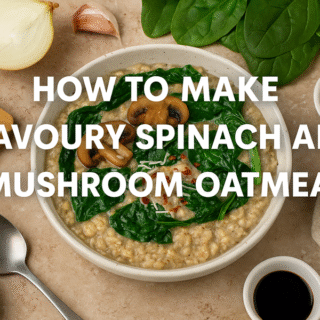Introducing Nigerian Yam Recipes
Yam recipes are gaining popularity among home cooks and food enthusiasts for their delicious flavours and impressive versatility. Whether you are looking for healthy meal options or comforting dishes, yam recipes offer something for everyone. From traditional favourites to modern culinary creations, yam recipes can be adapted to suit any taste or occasion. Discover how easy it is to prepare nutritious and flavorful meals using yams, and explore a variety of yam recipes that highlight this root vegetable’s unique qualities and benefits.
Nigerian Yam is a staple food in Nigeria, cherished for its versatility, rich flavour, and cultural significance. As one of West Africa’s most beloved tubers, yam plays a prominent role in Nigerian cuisine, serving as the main ingredient in numerous traditional yam recipes. Whether you are looking for a hearty breakfast, a satisfying lunch, or a comforting dinner, yam recipes offer endless possibilities for delicious and nourishing meals.
Table of Contents
Is Yam a Vegetable or a Fruit?
Yams are starchy tuber vegetables widely cultivated in tropical and subtropical regions worldwide. They belong to the genus Dioscorea and are known for their rough, brown, bark-like skin and white, yellow, purple, or pink flesh. Yams are a staple food in many cultures, particularly in Africa, Asia, and the Caribbean, where they are prized for their nutritional value and versatility in cooking.
Is Yam a Vegetable or a Fruit?
Yam is classified as a vegetable, specifically a tuber vegetable. It grows underground and is the swollen part of a plant’s root, used to store nutrients. Unlike fruits, which develop from the flowering part of a plant and contain seeds, yams do not develop from flowers and do not contain seeds in the edible part. Therefore, yams are considered vegetables, not fruits.
Roasted yam recipes, typically prepared over open flames, bring out a smoky flavour and are usually paired with palm oil or pepper sauce. Pounded yam recipes, made by mashing boiled yam until smooth and stretchy, are a classic accompaniment for various soups such as egusi, ogbono, and vegetable soup. Porridge yam recipes cooked with tomatoes, peppers, palm oil, onions, and seasonings to make a rich, flavorful porridge. Additionally, yam can be used in baked dishes, or even as a base for innovative recipes blending traditional and modern flavours.
How to Cook Nigerian Yam
Nigerian yam is a versatile staple that can be cooked in several delicious ways. Here are some popular yam recipes:
1. Boiled Yam: Boiled yam is one of the common yam recipes. Peel and cut the yam into slices or chunks, then boil in salted water until tender. It is often served with sauces like egg sauce, palm oil stew, or vegetable sauce.
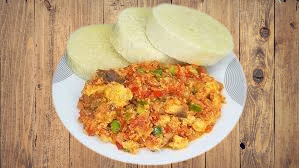
White Yam served with Egg Sauce
Learn how to cook African white yam.
2. Fried Yam: Slice the yam into sticks or rounds, season, and deep-fry until golden brown. It can be enjoyed with fried eggs, pepper sauce, or as a snack (commonly called “dundun”).
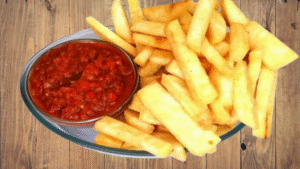
Fried Yam Served with Pepper Sauce
3. Yam Porridge (Ji Awaii): Yam is cut into cubes and cooked with tomatoes, peppers, palm oil, onions, and seasonings to make a rich, flavorful porridge.
Learn how to make Yam Porridge.
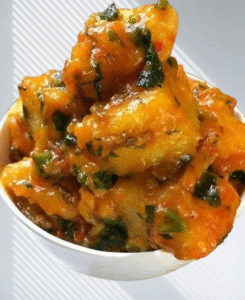
Yam Porridge
4. Yam Balls: Boiled yam is mashed, mixed with spices and sometimes fish or meat, shaped into balls, and deep-fried.
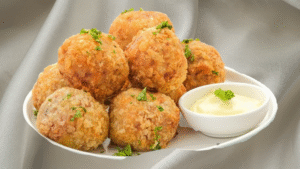
Yam Balls
5. Yam Flour (Elubo/Amala): Dried yam is ground into flour and prepared with hot water to form a smooth, stretchy dough called amala, typically eaten with Nigerian soups.
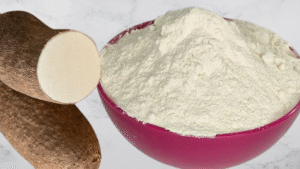
Yam Flour
6. Yam Pepper Soup: Yam is cooked in a spicy, aromatic broth with meat or fish (dry or fresh), resulting in a warming, flavorful soup.
Learn how to make Yam Pepper Soup
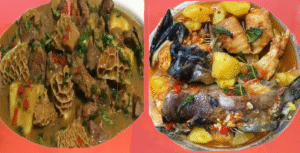
Yam Pepper Soup with assorted meat and catfish
7. Roasted Yam: Unpeeled yams are roasted over an open flame or in an oven until cooked through, then peeled and eaten with spicy sauces, such as those made with palm oil and pepper.
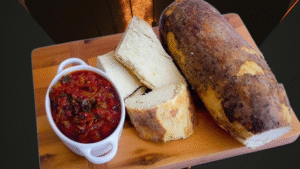
Roasted Yam served with peppered palm oil
8. Pounded Yam (Yam fufu): Boiled yam is pounded into a smooth, stretchy consistency to make yam fufu, a classic swallow dish served with various Nigerian soups.
Learn how to make Nigerian pounded yam.
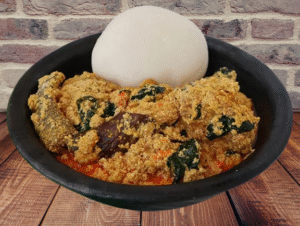
Pounded yam served with egusi soup
9. Yam fries: Cut yams into wedges, add seasonings, and bake or fry them.
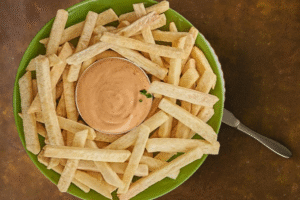
Yam fries
10. Mashed yams: Peel, boil, and mash your yams, then add milk and seasonings.
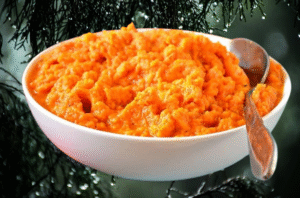
Mashed yam.
Other ways to prepare yam include:
12. Baked yam: Bake cubed yams until tender.
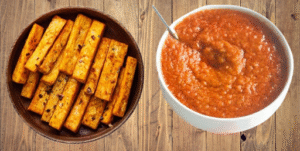
Baked Yam served with Pepper Sauce
13. Yam fries: Cut yams into wedges, add seasonings, and bake or fry them.

Yam fries
14. Yamarita: Slices of yam coated in a seasoned egg and flour batter, then deep-fried until golden.
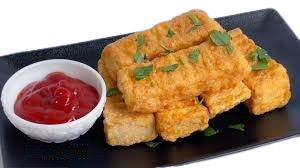
Yamarita served with ketchup
14. Purée: Boil the tubers until soft, place them in a blender, purée, and season them.
15. Cheesy yam gratin: Thinly slice peeled yams and bake them with cheese and seasonings.
16: Yam hash: Peel, dice, season, and then cook your yams in a pan.
17. Add into baked goods: Use yam purée to add moisture to breads and muffins.
These are just some of the most common ways to cook yam, each offering unique flavours and textures.
Tips For Preparing Delicious Yam Recipes
Here are some tips for preparing delicious Nigerian yam recipes:
- Use Fresh Yam: Choose firm, unblemished yam tubers. Fresh yam has a sweet, earthy taste and a smooth texture.
- Peeling and Washing: Peel yam thoroughly and rinse with plenty of water to remove starch and dirt.
- Salt the Water: When boiling yam (for porridge, pounded yam, or fries), add salt to the water for flavour.
- Don’t Overcook: Boil yam just until tender. Overcooking can make it mushy, especially for dishes like yam fries or porridge.
- Infuse Flavours: For yam porridge (Asaro), sauté onions, tomatoes, peppers, and seasoning before adding yam cubes. This builds a rich flavour base.
- Use Palm Oil: Traditional yam porridge uses red palm oil for authentic taste and colour. Adjust quantity for your preference.
- Add Greens: Stir in vegetables like spinach, pumpkin leaves (ugu), or scent leaf for extra nutrition and flavour.
- Protein Boost: Add fish, crayfish, shrimp, or beef to yam dishes for a hearty meal.
- For Pounded Yam: Use hot, freshly boiled yam and pound while still hot for a smooth, stretchy texture. You can also use a food processor.
- Spices & Seasoning: Don’t forget Nigerian staples like bouillon cubes, curry powder, thyme, and ground crayfish for depth of flavour.
- Try Variations: Yam can be roasted, fried, boiled, or made into balls (Ojojo). Explore recipes like yam pepper soup, yam balls, or yam and egg sauce.
- Serve Hot: Most yam dishes taste best when served hot and freshly cooked.
These tips will help you create tasty, authentic Nigerian yam recipes with great texture and flavour.
Nutrient Composition of Raw Yam
Nigerian Yams are packed with a variety of important nutrients. Here is a typical nutrient composition for 100 grams of raw yam↗:
Macronutrients:
- Calories: ~118 kcal
- Carbohydrates: ~27.9 g
- Dietary Fiber: ~4.1 g
- Sugars: ~0.5 g
- Protein: ~1.5 g
- Fat: ~0.2 g
Vitamins:
- Vitamin C: ~17.1 mg (about 19% of the Daily Value)
- Vitamin B6 (Pyridoxine): ~0.293 mg (about 18% DV)
- Folate: ~23 µg
- Vitamin A: 7 µg (as beta-carotene)
- Thiamine (B1): ~0.112 mg
- Riboflavin (B2): ~0.03 mg
- Niacin (B3): ~0.552 mg
- Pantothenic acid (B5): ~0.313 mg
Minerals:
- Potassium: ~816 mg (about 23% DV)
- Manganese: ~0.397 mg (about 17% DV)
- Magnesium: ~21 mg
- Calcium: ~17 mg
- Phosphorus: ~55 mg
- Iron: ~0.54 mg
- Zinc: ~0.24 mg
Other Components:
- Water: ~70 g
- Antioxidants: (such as beta-carotene and other polyphenols)
Note:
The nutrient content of yams can vary depending on the variety and growing conditions. Cooking methods may also alter the nutrient profile.
Yams are especially valued for their high potassium, fiber, vitamin C, and B6 content, making them a nutritious addition to the diet.
Health Benefits of Yam
Yams are nutritious root vegetables that offer several health benefits↗:
- Rich in Nutrients: Yams are a good source of vitamins C and B6, potassium, manganese, and fiber, all of which support overall health.
- Supports Digestive Health: The dietary fiber in yams aids digestion and can help prevent constipation.
- Promotes Heart Health: Yams contain potassium and fiber, both of which support healthy blood pressure and reduce the risk of heart disease↗.
- May Improve Blood Sugar Control: Some studies suggest that yams have a low glycemic index and may help stabilize blood sugar levels↗.
- Antioxidant Properties: Yams are rich in antioxidants, such as beta-carotene and vitamin C, which help protect cells from damage by free radicals.
- Anti-inflammatory Effects: Compounds found in yams may help reduce inflammation in the body↗.
- Supports Immune Function: The vitamin C in yams boosts the immune system and helps the body fight off illness.
- May Support Brain Health: Certain compounds in yams, such as diosgenin, have been linked to improved brain function and memory in some studies.
Eating yams as part of a balanced diet can contribute to overall health and well-being.
Types of Yam
1. African White Yams: These yams, often called Guinea or Ghana yams, have been a staple in West Africa for thousands of years, dating back to around 5000 B.C. They are the most popular type of yam consumed in Africa.
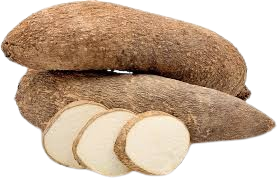
African White Yams
2. Chinese Yams: Native to China, this variety of yam can thrive in cooler climates compared to other yams. A unique feature of Chinese yams is that they are safe to eat raw, which makes them different from many other types.
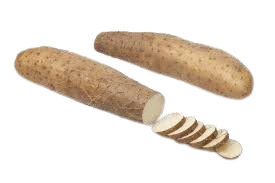
Chinese Yams
3. Cushcush Yams: Found mainly in the Caribbean, cushcush yams are loved for their taste. They are also commonly enjoyed in South America and the West Indies.

Cush Cush yams
4. Purple Yams (Ube): Known as ube, these yams are originally from Africa and Asia and are frequently used in Asian dishes. They thrive in warm, tropical areas and are important in many tropical countries. Purple yams are packed with antioxidants, which are beneficial substances that help protect your body from harmful molecules. Their strong health benefits come mainly from a pigment called anthocyanin, which gives them their vibrant colour and has powerful antioxidant effects.

- How To Make Grape Hydration Smoothie – A Powerful And Refreshing Recipe🍇💧
- How To Make Apple Cinnamon Smoothie (The Ultimate Delicious & Powerful Recipe) 🍎✨
- How To Make A Pineapple Coconut Smoothie🍍 (Delicious & Powerful Energy Boost)
- How To Make Peach Sunrise Smoothie: The Ultimate Delicious & Energising Morning Drink 🍑✨
- How To Make A Chocolate Banana Energy Smoothie 🍫| A Delicious & Powerful Healthy Drink

How would you rate this article? Please do leave a comment and rating on the blog. Tag us with your picture on Instagram @real9jakitchen







